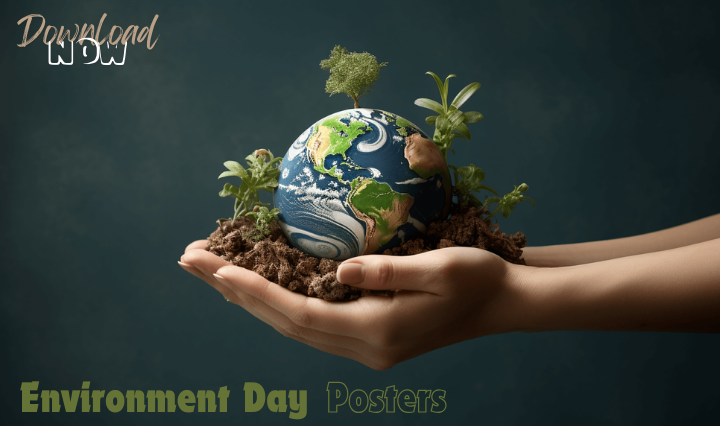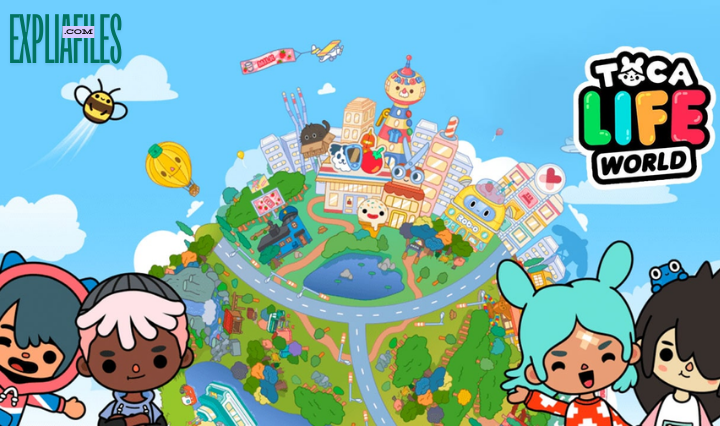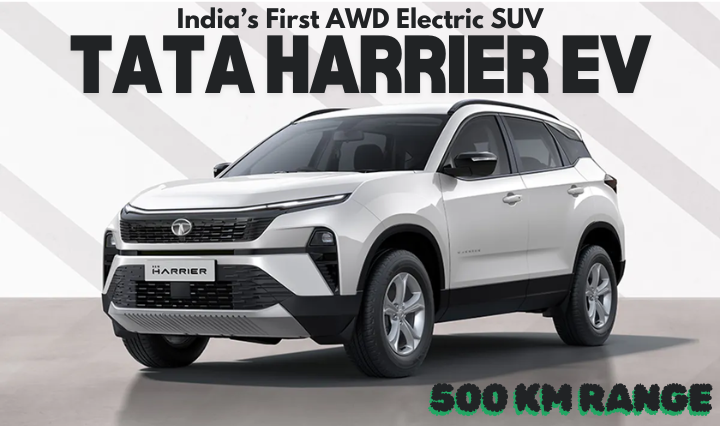How to Make Your Environment Day Poster Stand Out

Here are ways to make your poster more appealing, captivating and effective.
A poster is one of the most widely used marketing and communication tools in different industries. It is an effective way to get attention for your events or products. While there may be no constant system in designing one, you want to understand the excellent practices to make your poster stand out.
If you don’t understand wherein to start, you’ve come to the proper place! Here is a one-forestall manual to ensuring your meant target target market does now no longer leave out out what you need to offer.
10+ Environment day Poster Designs

3D grassy globe with a tree and clouds environment day poster
World Environment Day Poster


Hand showing tree in a bubble
Hand drawn world environment day save the planet illustration


Realistic world environment day illustration
Realistic world environment day poster for social media


World environment day poster concept with tree planting and green earth with hands
World environment day poster for social media


Flat background for world environment day poster
Flat world environment day poster illustration


World environment day poster with river
World environment day poster with concept of electricity


World environment day poster with tree
Tips to make your environment day poster stand out:
Simplicity is beauty.
The most unforgettable posters are those that have a simple and clear message. The audience should easily understand what you are trying to say. They don’t have all the time in the world to solve a visual riddle to figure out the message.
Stay away from large blocks of text. Your poster should be able to provide details quickly and effectively. Don’t hide the vital information in a huge text block that takes 30 seconds to read.
Reduce the number of words or separate the content into smaller chunks. You can also use borders or boxes to divide the blocks of text.
Give focus to your main design.
Leave a generous amount of empty space around the main design of the poster. Filling the whole space in all corners will make it look cluttered. People are highly likely to ignore a messy poster.
Exaggerated spacing in elements will significantly improve the visual impact and readability of your poster at distances. Here are other examples where additional space can do wonders for your poster:
- Between letters – tight kerning can make letters seem blurry at distances.
- Around the margins of the poster
- Between lines of text
Choose an eye-catching headline.
Think of some stimulating or witty text as the focal point of your poster to draw people in. If it makes them laugh or piques their curiosity, they will want to take a closer look.
The catchy headline may be in question form such as “Need a party planner that doesn’t hurt your wallet?” It’s not an entirely original question, but it responds to a need commonly encountered by many people.
Use high-quality photos.
Pictures are commonly used in designing posters, and it’s incredibly important to choose photos with high resolution, especially if you plan to print it in large sizes. Any pixilation or slightly blurred graphic can turn your advertisement into a disaster.
Everything needs to be crisp and clear, regardless if it’s an original shot or a stock photo.It’s most suitable to get a expert inventory picturegraph in preference to the usage of a blurred private picturegraph. A lot of alternatives are to be had out there; you simply should recognise wherein to look. Pexels and Unsplash are first rate assets for exact great inventory photos.
Select a powerful image.
As a follow-up to the previous tip, a powerful image can also serve as a good focal point. You can use simple pictures like a single object, animal, or person. A picture with a pale background can be quite effective in solidifying the focus. Just make sure to provide enough space for the rest of the details.
Choose your colour scheme wisely.
Be careful not to overuse colour. You certainly don’t want to lose your branding in a rainbow of colours. If you have a vibrant photo, the typefaces should have one colour.
Pick a minimal number of vivid colours that go well together. Note that using too much colour will be overwhelming. The text should not be hard to read and contrast well with the background. If you really need several colours to depict a vivid scene, see that it doesn’t go obscure the message you are trying to convey.
Use contrast.
You only need one glace to get someone’s attention to your poster. Using high contrast elements can help you achieve this. Forget the monotone colour scheme and pale gradients. Try experimenting with a colour palette or typeface that might be too outrageous for other projects.
The font colour should contrast with the background. Black or white fonts normally work best for a coloured background. You can also have a black and white poster with just the logo or main message in colour.
Further, you might want to take into consideration the venue where you will put your poster. If you feel that that other posters in the area are often black, be brave enough to use brighter colours. Finally, make sure that the font and font size also make any text readable.
Add a memorable call to action.
Your poster will be useless if it does not make the audience act on the message you delivered. Compose a precise call to action to inform them on what to do next. For event posters, you can add details on where to purchase tickets in your call to action.
Typical calls to action include telling readers to contact through a phone number, email address or social media page. You can also include a website where they can visit and learn more about the business. You can add a QR code if you know that the audience is comfortable using this technology.
Explore different printing techniques.
A different printing technique might be a good idea depending on the venue and target audience of your poster. There are many things you can do on paper that do not pan out in digital works. It may be wise to explore other techniques such as screen printing, letterpress, foiling, or UV layers.
Discuss with the printing company any special technique you would like to use. It will ensure that they are capable of doing the job at a size that you require. Note that there are budgetary considerations when it comes to different printing techniques.
Have fun in designing the poster.
While you’d need to consider several factors when designing a poster, never forget to put the element of fun. Don’t be afraid to break the rules and go crazy with your concepts!
Read about Solar car.




